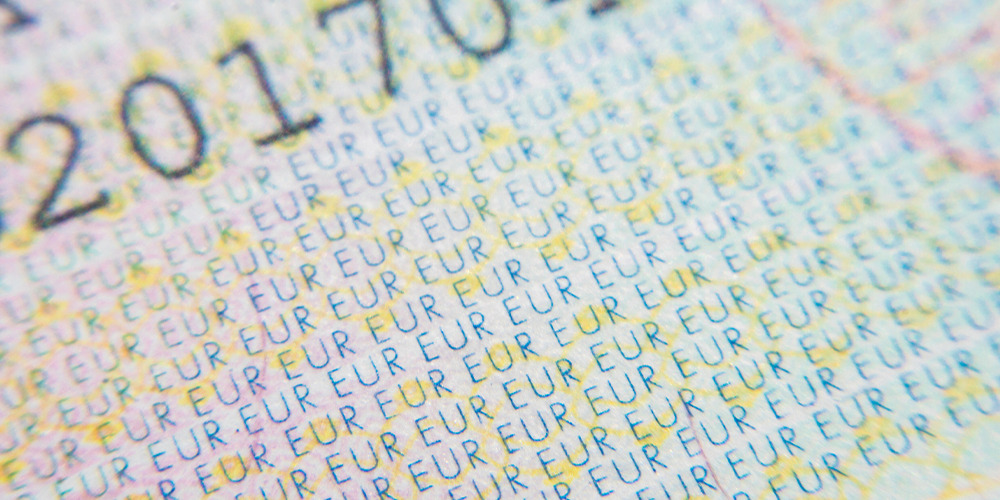Calls to establish a deep and liquid Eurobond market are once again gaining traction among economists and policy-makers. As investors increasingly question the long-standing dominance of US Treasuries – amid rising fiscal imbalances and intensifying geopolitical risks – the euro area faces a strategic opportunity to develop its own safe asset. The question is no longer whether such an instrument is necessary, but whether Europe is prepared to deliver it – and on what terms.
The rationale for a permanent European safe asset is well established, but it must not be mistaken for a cost-free proposition. By definition, safe debt is debt that is repaid. That requires either the creation of new European Union-level revenues or a lasting reallocation of national fiscal capacity. It must be clearly understood: there is no free lunch.
It is all the more striking, then, that at a time when US Treasuries are under growing scrutiny over long-term fiscal sustainability, some Eurobond proposals understate the importance of solvency. This is not just misguided – it is anachronistic. The original proposition by Alexander Hamilton, first US Treasury secretary, was not simply about issuing federal debt. It was about establishing enforceable, centralised taxation to guarantee its repayment. A safe asset, ultimately, rests on sound revenue.
Solutions must be built around credible repayment
Recent proposals, by contrast, are often premised on the notion that debt need not be repaid, or that public spending financed by so-called ‘good debt’ will eventually be covered by growth – while taxes are barely mentioned.
One such proposal, advanced by economist and professor Olivier Blanchard and Ángel Ubide, head of economic research for global fixed income and macro at Citadel, envisions replacing national debt – up to 25% of the euro area’s aggregate gross domestic product, or roughly €5tn – with jointly issued ‘blue bonds’ that would hold seniority over remaining national liabilities.
The structure, however, is deeply problematic. It foresees member states covering only the interest payments through value-added taxes, while the principal would be perpetually rolled over via new issuance. This relies on a precarious assumption: that sovereign debt can be indefinitely refinanced without credible fiscal backing. In today’s environment, that is a fragile bet.
Other proposals suggest replicating the Next Generation EU model across different thematic priorities. Yet, the implementation of NGEU in certain member states has exposed political weaknesses in directing funds towards truly productive uses – raising the risk of increased long-term taxation without corresponding economic returns.
Rather than operating in silos – first the European Stability Mechanism, then NGEU, then new instruments – Europe must articulate a unified vision. What is needed now is a stable and radical pathway, not an accumulation of ad hoc, one-off programmes. The EU, already complex in its multinational governance, cannot afford to operate through a patchwork of fragmented initiatives. A coherent, unified framework is essential.
Benefits and risks
Any serious plan for European debt mutualisation must confront the reality of already high national tax burdens and focus on establishing genuine EU-level fiscal capacity – one that substitutes for, rather than adds to, existing commitments.
Still, the case for a European safe asset is not without merit. Recent policy analysis has attempted to quantify the potential gains. Our own estimates suggest that a common instrument – backed by stronger credit quality and greater liquidity – could carry yields up to 50 basis points lower than national benchmarks. If 60% of the euro area’s roughly €13tn in sovereign debt were pooled, annual interest savings could reach €39bn. These gains reflect the so-called convenience yield that investors are willing to accept for holding liquid, low-risk assets.
But these benefits come with offsetting risks. A reallocation of investor demand towards the common instrument could increase borrowing costs for national sovereigns, especially those with weaker credit profiles. Without credible fiscal integration and prudent oversight, the result could easily turn into a zero-sum game.
The real challenge lies in turning economic logic into durable institutional design. Legal and political constraints remain formidable, and fiscal trade-offs cannot be ignored. A European safe asset can only succeed if it is embedded in a broader framework of fiscal responsibility, credible repayment structures and clearly defined rules.
A European safe asset is not just a technocratic fix – it is a long-term political and fiscal commitment. If Europe is to seize this moment, it must move beyond financial engineering and face the hard choices that true risk-sharing entails. That means building institutions capable of enforcing repayment, ensuring fiscal discipline and commanding public trust. Without these foundations, no design – however elegant – will stand the test of time.
Edoardo Reviglio is Visiting Senior Research Scholar at Yale Law School and a member of the OMFIF Advisory Council. Pierpaolo Benigno is Professor of Monetary Economics at the University of Bern.
This article is a short summary of a longer working paper published by Astrid.
Interested in this topic? Subscribe to OMFIF’s newsletter for more.

